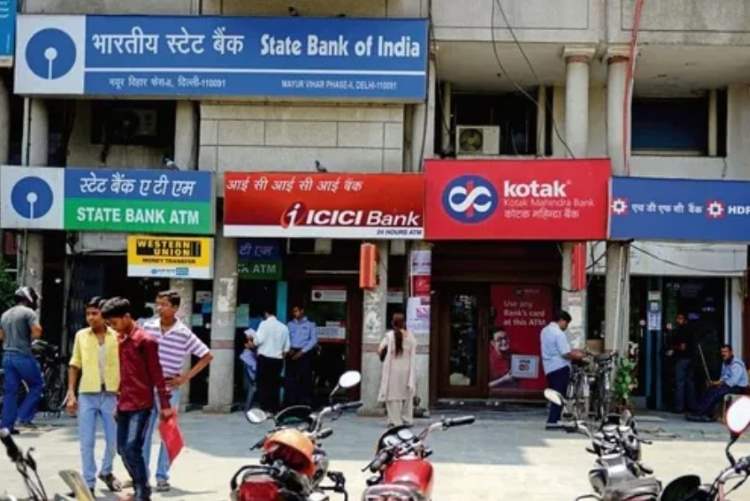
India’s banking industry, which recently experienced a period of remarkable performance, now stands at the crossroads of opportunity and challenges. As the New Year unfolds, banks face a complex situation marked by pressures on margins, regulatory changes, and evolving credit dynamics.
The Reserve Bank of India is expected to announce a series of repo rate cuts in 2025 which could provide temporary relief to banks by reducing their funding costs. However, the immediate repricing of external benchmark-linked loans due to these cuts, juxtaposed with the gradual adjustment of deposit rates, is likely to exert significant pressure on net interest margins. Private banks, with their larger share of external benchmark-linked loans, are particularly vulnerable to these dynamics.
Despite these challenges, the overall financial health of the sector offers a silver lining. Banks’ strong balance sheets serve as a buffer against margin pressures. Yet, the slow decline in deposit rates, even as lending rates decrease, is likely to make resource mobilisation a persistent challenge. This issue is compounded by the elevated cost of raising deposits. Banks will need to adopt innovative strategies to ensure efficient resource mobilisation without further impacting profitability.
READ I Private capital expenditure: The missing link in India growth story
Banking Industry awaits regulatory overhaul
The banking industry is poised to undergo significant regulatory transformations in 2025. These include the phased implementation of Expected Credit Loss (ECL) norms, revised liquidity coverage ratio (LCR) requirements, and new project financing guidelines. While these changes aim to enhance financial stability and resilience, they bring immediate challenges for banks.
Under the ECL framework, banks are required to recognise stress earlier, necessitating higher provisions. This shift is expected to impact profitability in the short term, with provisions potentially increasing from 2% by March 2025 to 5% by 2027. Additionally, the LCR requirements, which include a 5% increase in runoff factors for retail deposits enabled by digital banking, are likely to tighten liquidity further. This could slow credit growth and exert additional pressure on NIMs.
Project financing, particularly for under-construction infrastructure and real estate projects, will also face stricter provisioning requirements, which could lead banks to adopt a more cautious approach. Public-sector banks, often more exposed to infrastructure financing, may find these norms particularly challenging. However, experts say that the sector’s robust health positions it to absorb these regulatory shocks.
Asset quality under pressure
India’s banking industry has achieved remarkable progress in improving asset quality over the past few years….
Read More: Banking industry faces pressure on profit margins



